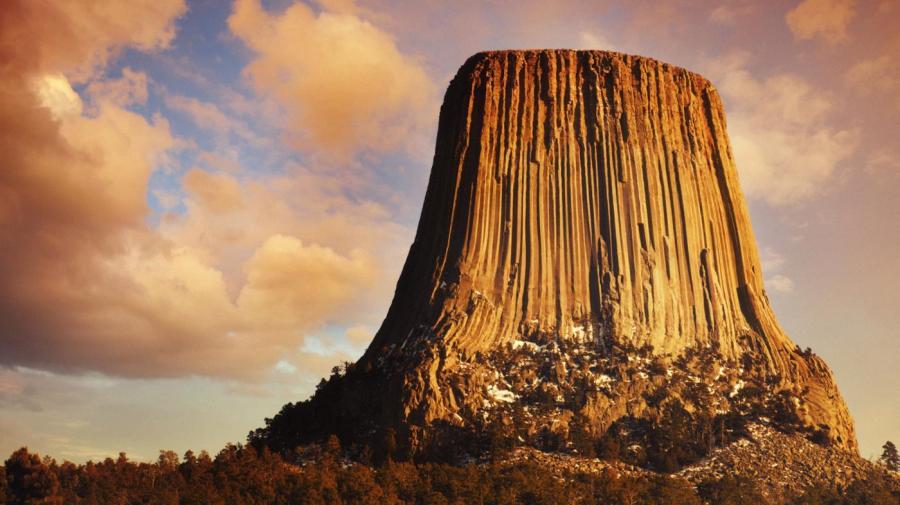How Is a Laccolith Formed?

A laccolith is a geological structure that forms when magma pushes through layers of rock above it and pools in a dome shape. Laccoliths are characterized by their shape, as they are typically flat on the bottom and rounded or dome shaped on top. These structures are also called plutonic formations or igneous intrusions, which are related to sills.
Laccoliths are usually fairly small and are less than 10 miles in diameter. Their thickness usually varies between a few hundred meters and a few thousand meters. The rocks found in laccoliths are typically more acidic than basic.
Laccoliths can be exposed slowly over time as the layers above them fragment and wear away. Colorado has many laccoliths, and they were first named in Colorado. However, one of the most famous laccoliths is located in the Henry Mountains in Utah.
The formation of laccoliths can sometimes have an effect on the surrounding rocks because of the heat of the magma that forms these structures. One of the best areas in Colorado for viewing laccoliths is also notable for its high-quality anthracite coal, which was changed from bituminous coal when laccoliths formed. In addition, laccoliths transformed limestone into marble in another area of Colorado.





